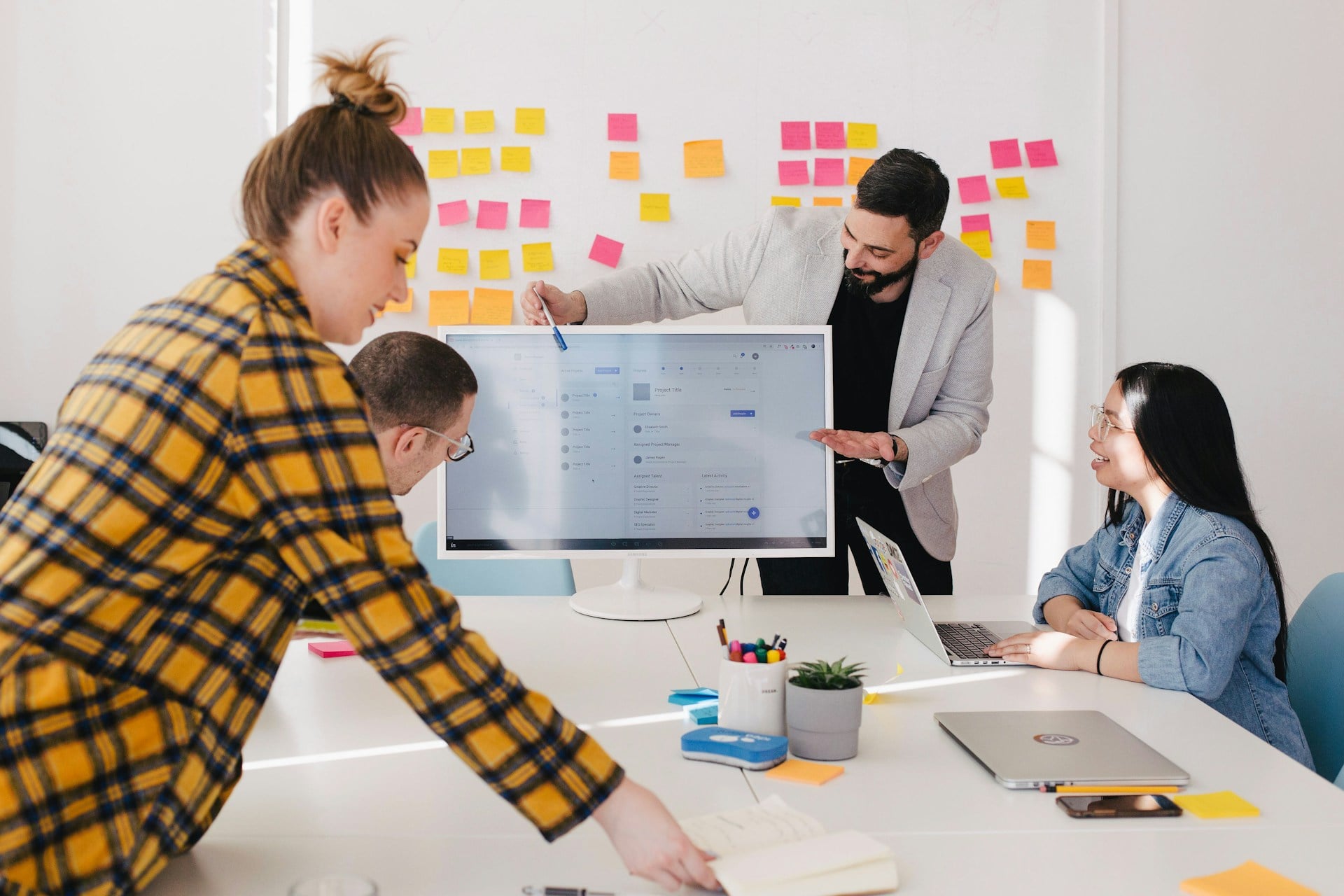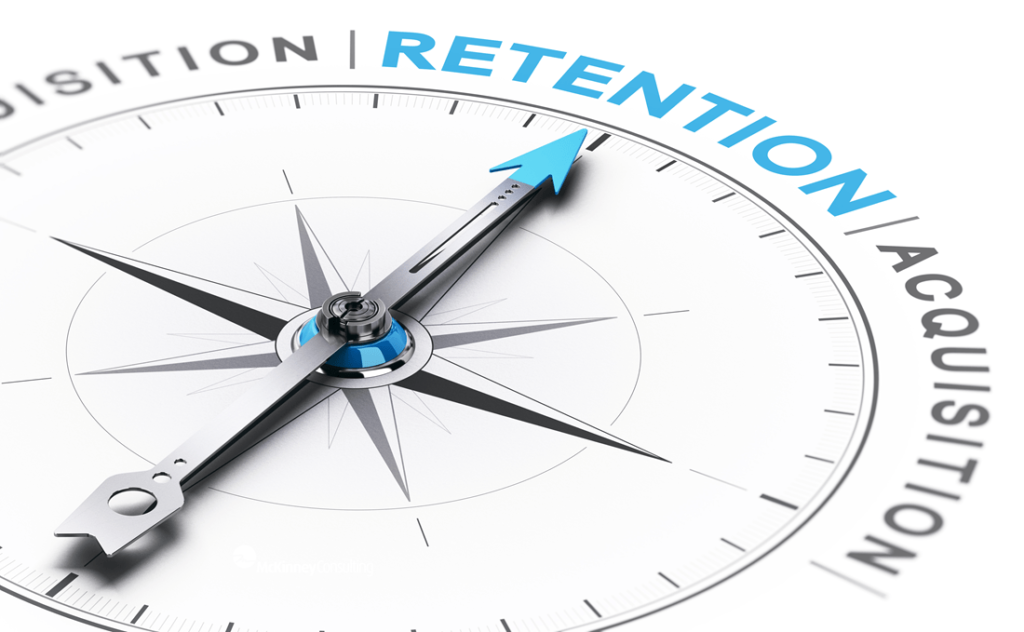
The future of work is here, and it's changing faster than ever before. New technologies emerge alarmingly, customer demands evolve constantly, and work continuously transforms. To navigate these complexities and thrive in this ever-shifting landscape, organizations need a workforce equipped with the latest skills, adaptability, and resilience to keep pace with change. Building a future-proof workforce is more than just skills.
In today's competitive talent market, retaining skilled employees is a critical business concern. A 2023 LinkedIn survey revealed a staggering statistic: 72% of talent professionals report difficulty filling open positions due to a lack of qualified candidates. This talent shortage translates into a significant financial burden for organizations. The cost of replacing a lost employee can range from one-half to twice their annual salary, depending on the role and industry. These costs include recruiting, onboarding, and lost productivity during the transition.
So, what defines a future-proof employee? It's not just someone with a specific set of skills, although that's certainly important. A future-proof employee thrives within your organization, possesses a growth mindset, and is committed to continuous learning. They are adaptable and resilient, embracing change and navigating new challenges. They are also highly engaged and motivated, taking ownership of their work and contributing to the organization's success.
Building a strong employee experience (EX) is key to attracting and retaining top talent. A positive EX fosters a work environment where employees feel valued, motivated, and empowered to do their best work. According to a 2022 Gallup report, highly engaged employees are 21% more profitable, have 17% higher sales productivity, and are 12% less likely to leave their jobs. Here are some key elements that contribute to a strong employee experience:

By offering a robust Learning and Development (L&D) program, you showcase your commitment to employee growth and foster a culture of continuous learning. L&D programs go beyond simply imparting technical skills; they can equip employees with the soft skills essential for future-proof success. These skills include critical thinking, problem-solving, communication, collaboration, and adaptability. Effective L&D programs empower employees to take ownership of their skill development and stay ahead of the curve in a rapidly changing world.
Investing in your skills development offers numerous advantages for employees, making them more valuable assets in the job market and fostering a sense of career ownership. Here are some key benefits:
Earlier in my career at Reebok International, I led a team in the athletic footwear division. We constantly pushed boundaries, designing and developing new technologies for global markets. Juggling international projects with tight deadlines was a daily challenge. Recognizing this, the company invested in our growth by sending us to a group coaching session in Hong Kong.
The focus of the session? Time management. While it might seem like a basic skill, the training was eye-opening. We learned practical strategies to prioritize tasks, delegate effectively, and avoid burnout. It wasn't just about ticking things off a list; it was about working smarter, not harder, to achieve our ambitious goals.
The impact was immediate. We returned with a renewed sense of focus and collaboration. We were able to manage our time more effectively, meet deadlines consistently, and even push the boundaries of innovation. This experience solidified my belief in the power of skills development – not just for individual growth but also for overall team success.
While measuring the precise ROI of L&D initiatives can be challenging, tracking key metrics can provide valuable insights. Consider tracking metrics like employee engagement in training, improved job performance after training completion, and retention rates.
Building a future-proof workforce requires a holistic approach. Invest in a robust L&D program and initiatives cultivating a positive employee experience.
By prioritizing skills development and employee well-being, you can build a resilient and adaptable workforce ready to thrive in the ever-evolving world of work.